Southeast Asia, with its tropical climate advantages and growing energy demand, is becoming one of the most vibrant regions in solar energy development.
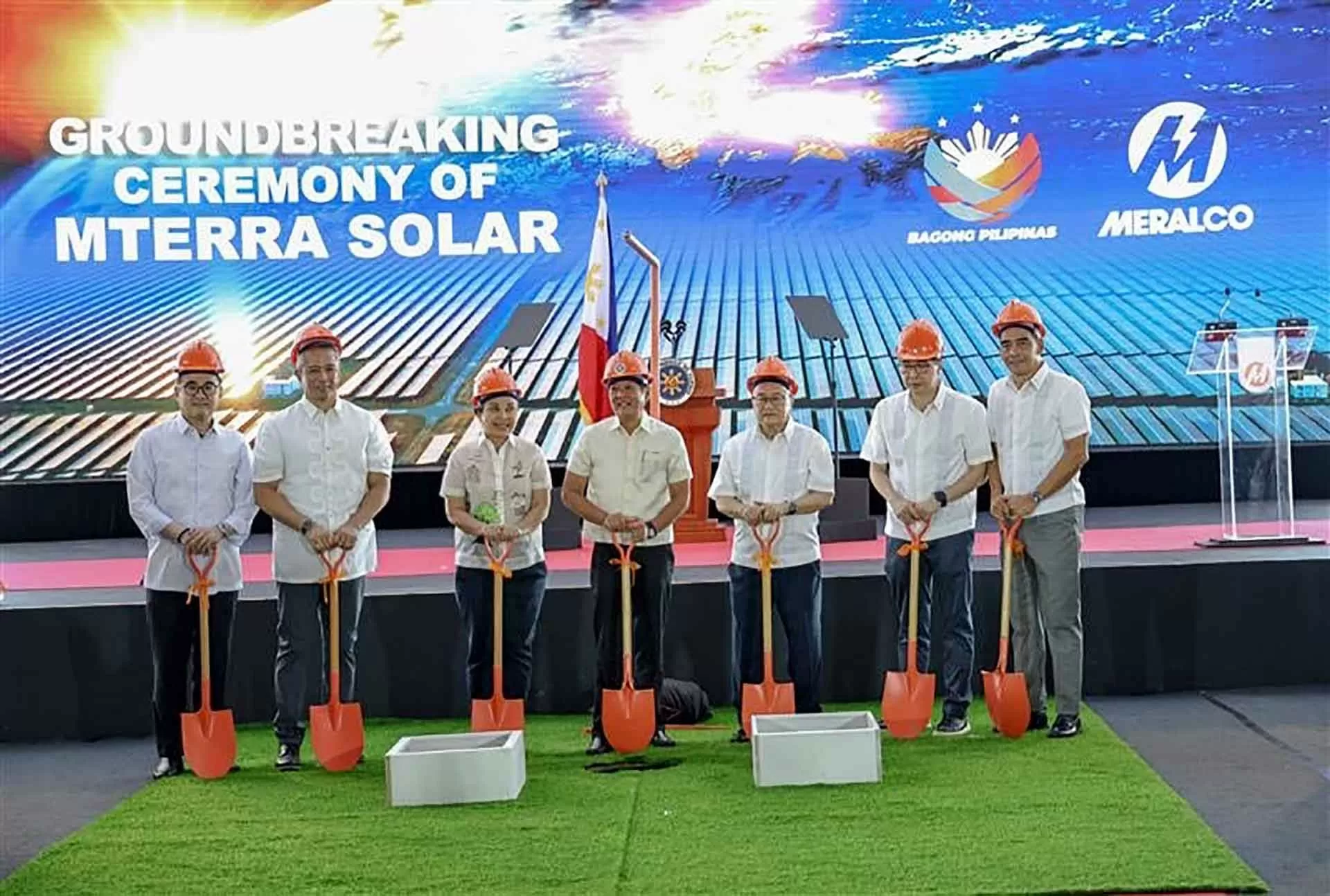 |
| Groundbreaking ceremony of Meralco Terra Solar Project in Gapan City, Luzon, Philippines. (Source: Meralco Terra Solar) |
Countries in the region have been implementing many large-scale projects, from floating solar power plants to rooftop solar systems.
With abundant solar energy resources, Southeast Asian countries such as the Philippines, Indonesia, Thailand, and Vietnam have identified solar energy as one of the pillars in their national energy development strategies. Investment incentives, financial support, and tax reduction policies have facilitated the development of this clean energy industry.
Philippines' Breakthrough
The Philippines has just marked a major milestone in its energy transition journey with the groundbreaking of the Meralco Terra solar power project, the world’s largest project combining solar power with a state-of-the-art battery storage system.
The groundbreaking ceremony took place in Gapan City, Nueva Ecija province, with the attendance of President Ferdinand R. Marcos Jr., who expressed his belief that the project will make the Philippines a world-leading renewable energy power.
Scheduled to be completed in 2027, Meralco Terra will not only provide enough electricity for more than 2 million households, but also contribute to a significant reduction in carbon emissions, equivalent to removing millions of cars from the road.
According to the Philippine Department of Energy, with a scale spanning over 3,500 hectares and an impressive power generation capacity, the project not only meets the country's growing energy needs but also promotes sustainable development and environmental protection.
Indonesia's “Big Dream”
Indonesia marked a milestone in its energy transition when it inaugurated the Terapung Cirata floating solar power plant in November last year. With a capacity of 192 MWp, the plant is not only the largest in Southeast Asia but also the third largest in the world, laying the foundation for a green energy future in the archipelago nation.
President Joko Widodo at the time described Terapung Cirata as a “big dream” that has come true. He stressed that the plant would not only provide clean electricity but would also complement the existing hydropower system, contributing to ensuring national energy security. Indonesia even set a target of increasing the plant’s capacity to 1,000 MWp in the future, affirming its determination to become one of the leading countries in the field of renewable energy.
Thailand - The Leading Country
In ASEAN, Thailand is currently the leading country in the region in using solar power. It is expected that the installed capacity of solar power in Thailand by 2036 will be 6,000 MW.
To encourage the development of solar power in small projects, Thailand has offered the highest support levels for small producers. Specifically, Thailand offers a preferential price of 21 cents/kWh for rooftop solar projects, and initiated the “Photovoltaic Rooftop” program.
The 120-hectare farm located at the Sirindhorn hydroelectric dam (Thailand) has been operational since early 2022 with a capacity of 45MW. During the day, 145,000 solar panels installed here are responsible for generating electricity. At night, the plant continues to produce electricity using 3 large turbines using the water power below.
The solar farm is estimated to reduce CO2 emissions by 47,000 tons per year. And although the farm occupies only about 1% of the lake’s surface area, it retains 460,000 cubic meters of water from evaporating each year. Cool air from the lake’s surface keeps the panels from overheating, increasing their power generation efficiency by 15% compared to land-based installations.
Floating solar power
In Southeast Asia, rapid economic growth and growing energy demand often come with a shortage of land. Floating solar is an attractive solution because it can generate clean energy without requiring a lot of land.
Floating solar power, also known as floating photovoltaic (FPV), is a type of solar panel system installed on the surface of water.
These systems can reduce evaporation from reservoirs and provide higher production efficiency due to the cooling effect of water.
One of the successful applications of floating solar power in Malaysia is the 100MW hybrid solar farm, owned and developed by Malaysian company Cypark Resources Berhad. The farm is located in Merchang, a coastal town in the state of Terengganu, northeast Malaysia. Officially operational since June 9, it is expected to generate enough clean energy to offset 202,024 tons of CO2 emissions annually.
Dato Ami Moris, Executive Chairman of Cypark Resources Berhad, said the hybrid solar power plant is Malaysia’s largest and most unique project, combining both floating and ground-mounted battery systems, which is especially suitable for Terengganu’s flood-prone terrain.
Vietnam's potential
In Vietnam, fully aware of the importance of clean energy, the Vietnamese Government has issued many preferential policies to promote the development of solar energy. A typical example is Decision 2068/QD-TTg dated November 25, 2015, which sets a clear goal of increasing the proportion of renewable energy in the national energy structure.
The 450 MW Trung Nam, Thuan Nam, Ninh Thuan solar power plant project is a clear demonstration of the determination to transition to a green economy. With its large scale and modern technology, the project not only contributes to ensuring national energy security but also creates thousands of jobs and promotes local socio-economic development.
Developing solar energy not only helps reduce dependence on fossil fuels but also protects the environment and public health. By taking advantage of the clean, abundant and endless energy source from the sun, Southeast Asian countries are moving closer to the goal of building a sustainable country and region.
Source


![[Photo] Prime Minister Pham Minh Chinh receives delegation of leaders of US universities](https://vstatic.vietnam.vn/vietnam/resource/IMAGE/2025/3/31/8be7f6be90624512b385fd1690124eaa)

![[Photo] 2nd Conference of the Party Executive Committee of Central Party Agencies](https://vstatic.vietnam.vn/vietnam/resource/IMAGE/2025/3/31/8f85b88962b34701ac511682b09b1e0d)
![[Photo] General Secretary To Lam receives US Ambassador to Vietnam Marc E. Knapper](https://vstatic.vietnam.vn/vietnam/resource/IMAGE/2025/3/31/5ee45ded5fd548a685618a0b67c42970)
![[Photo] Speeding up construction of Ring Road 3 and Bien Hoa-Vung Tau Expressway](https://vstatic.vietnam.vn/vietnam/resource/IMAGE/2025/3/31/f1431fbe7d604caba041f84a718ccef7)
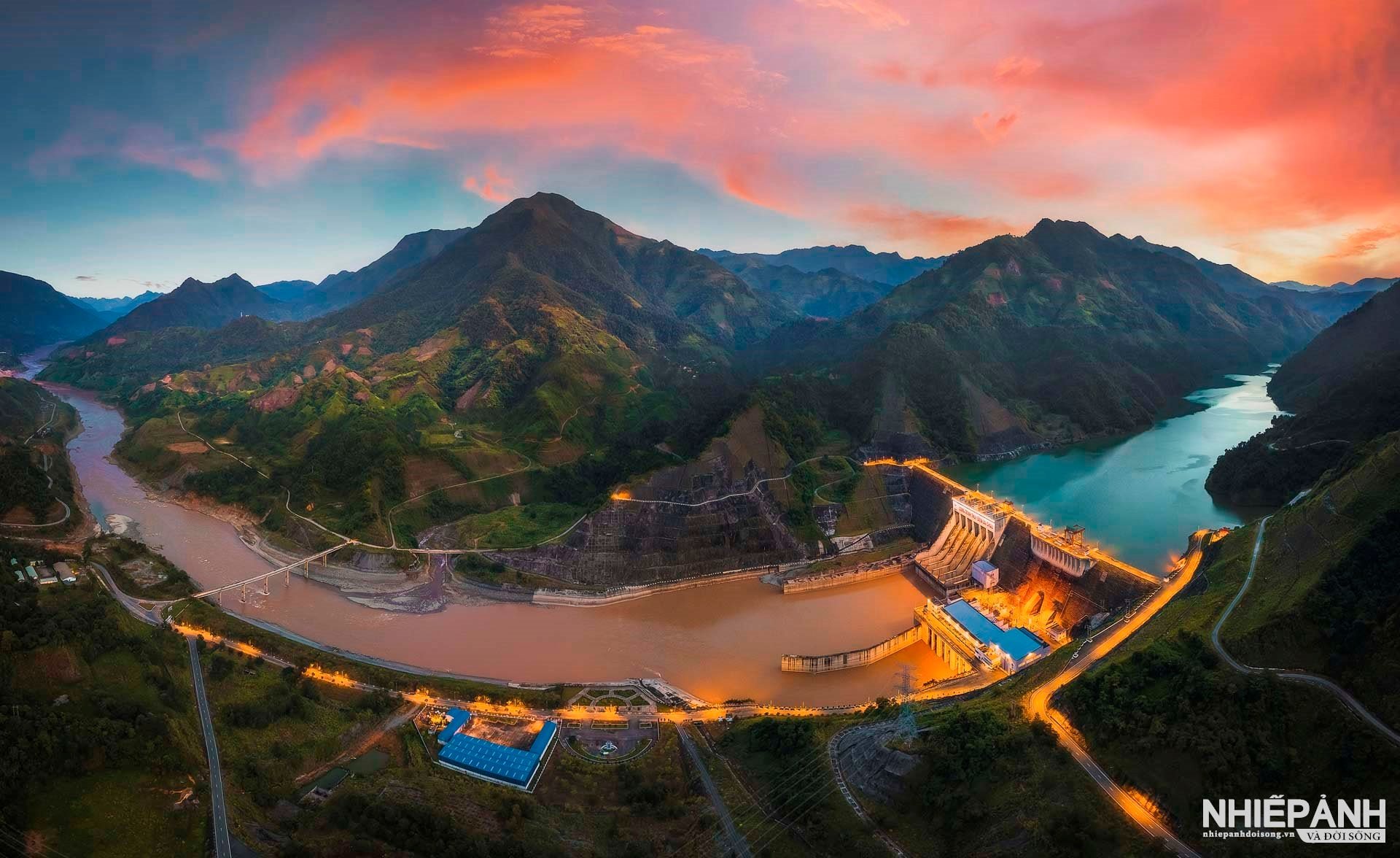
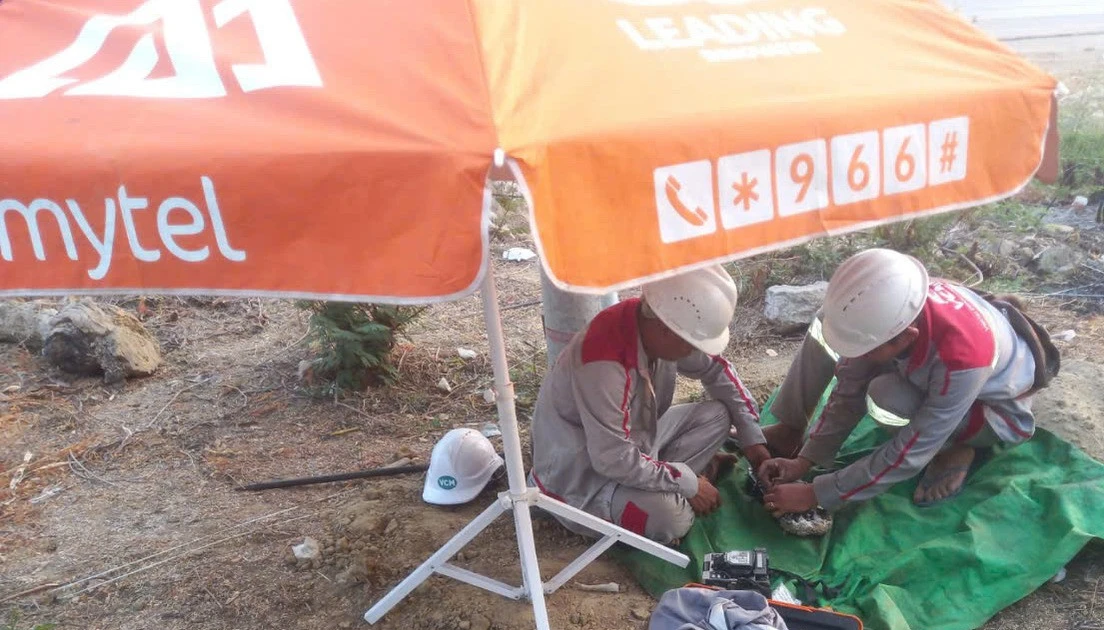

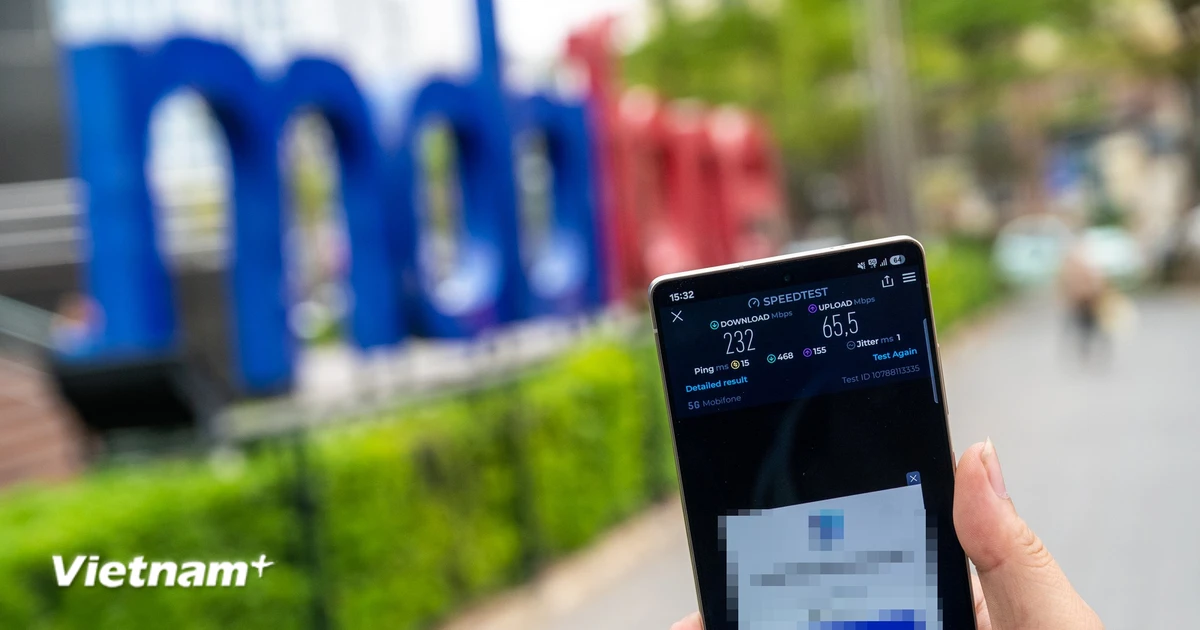






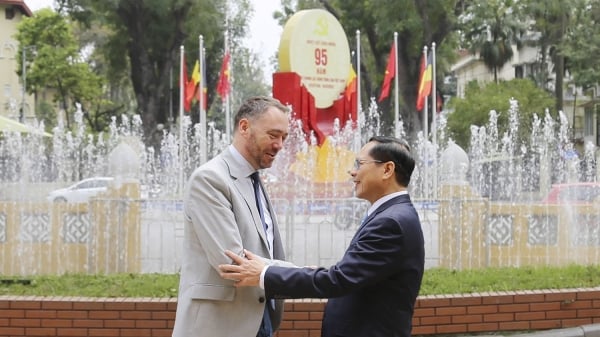





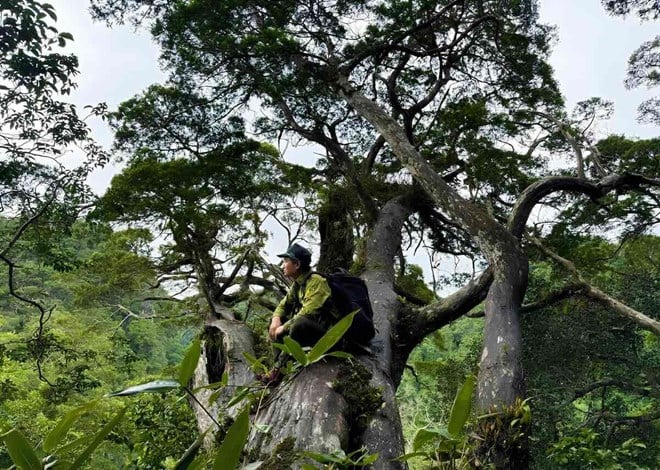

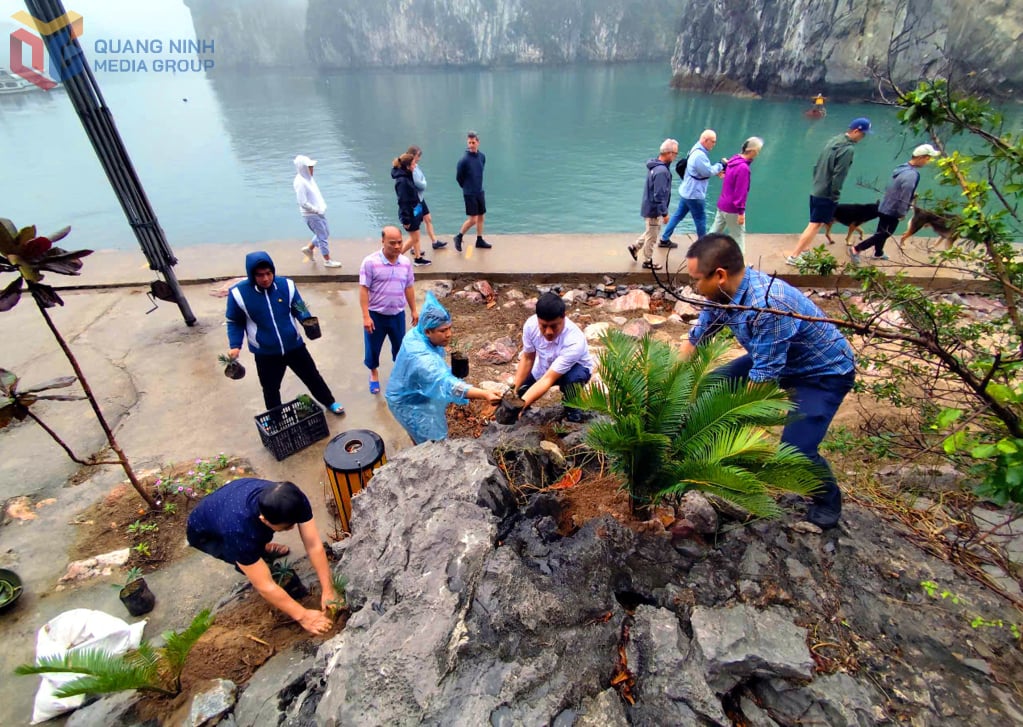

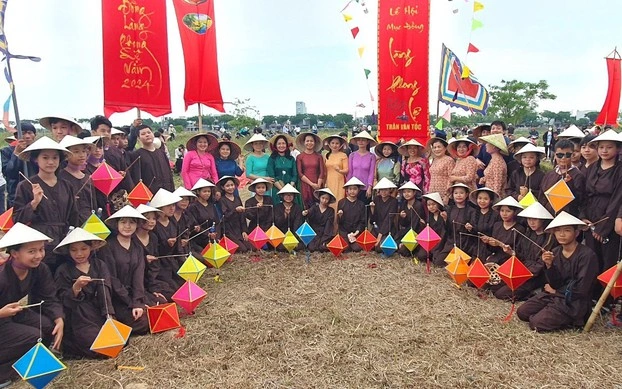





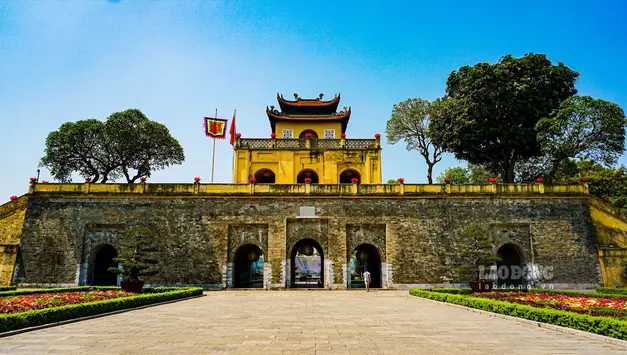

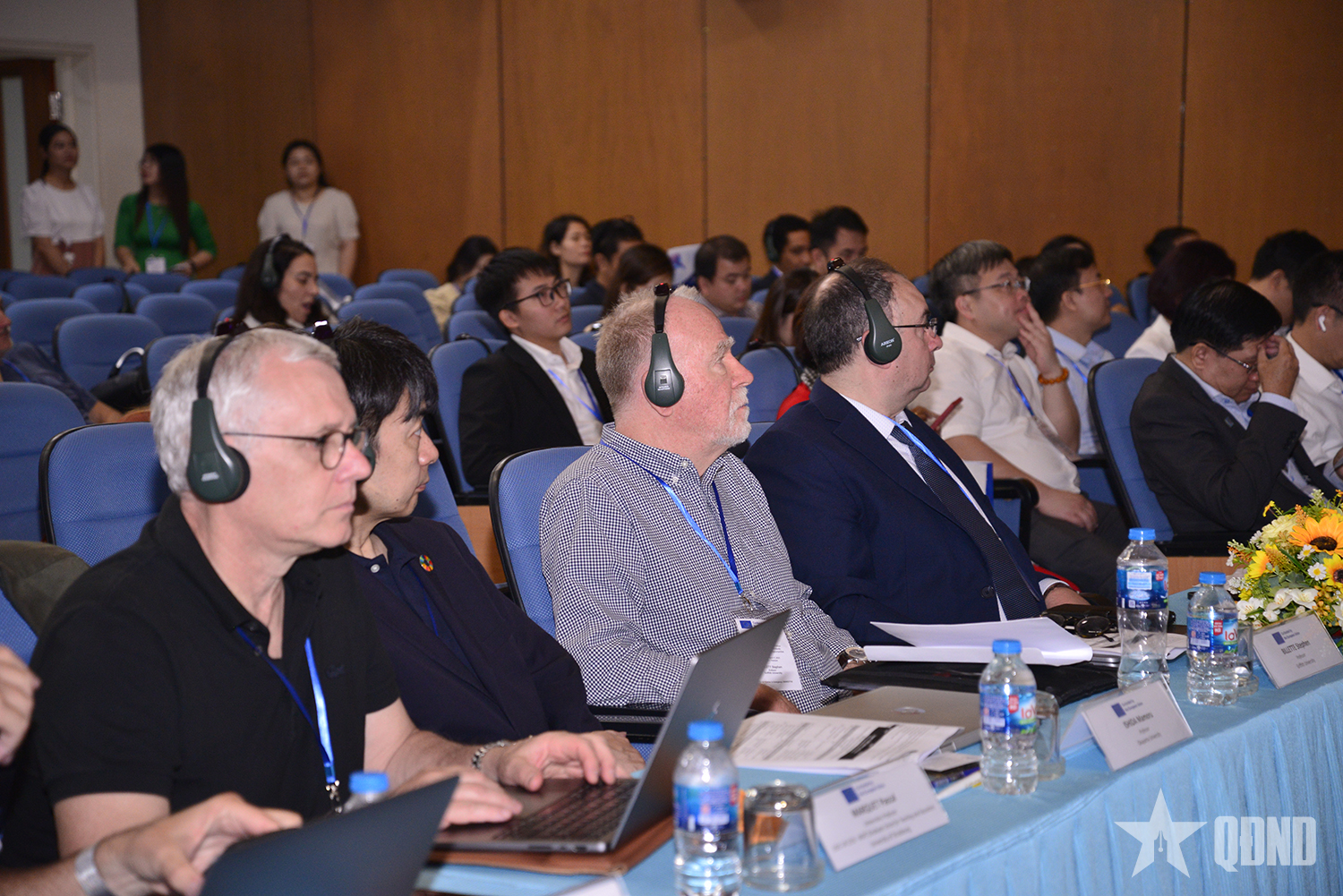




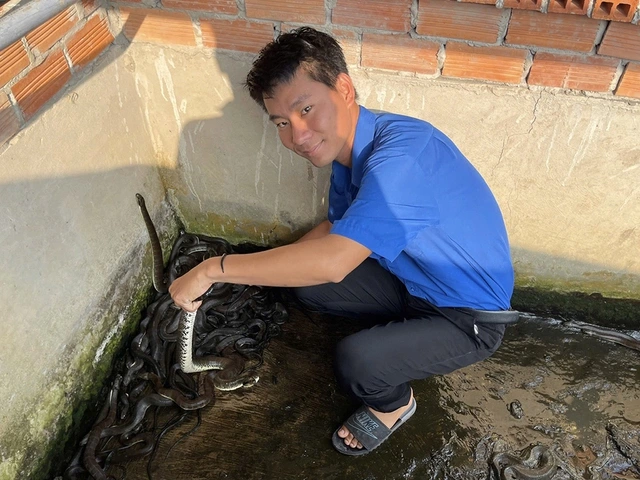













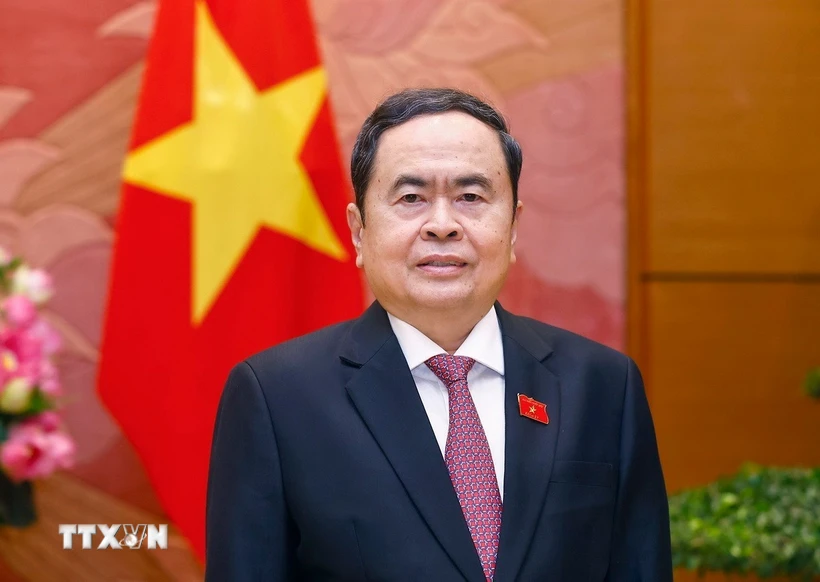



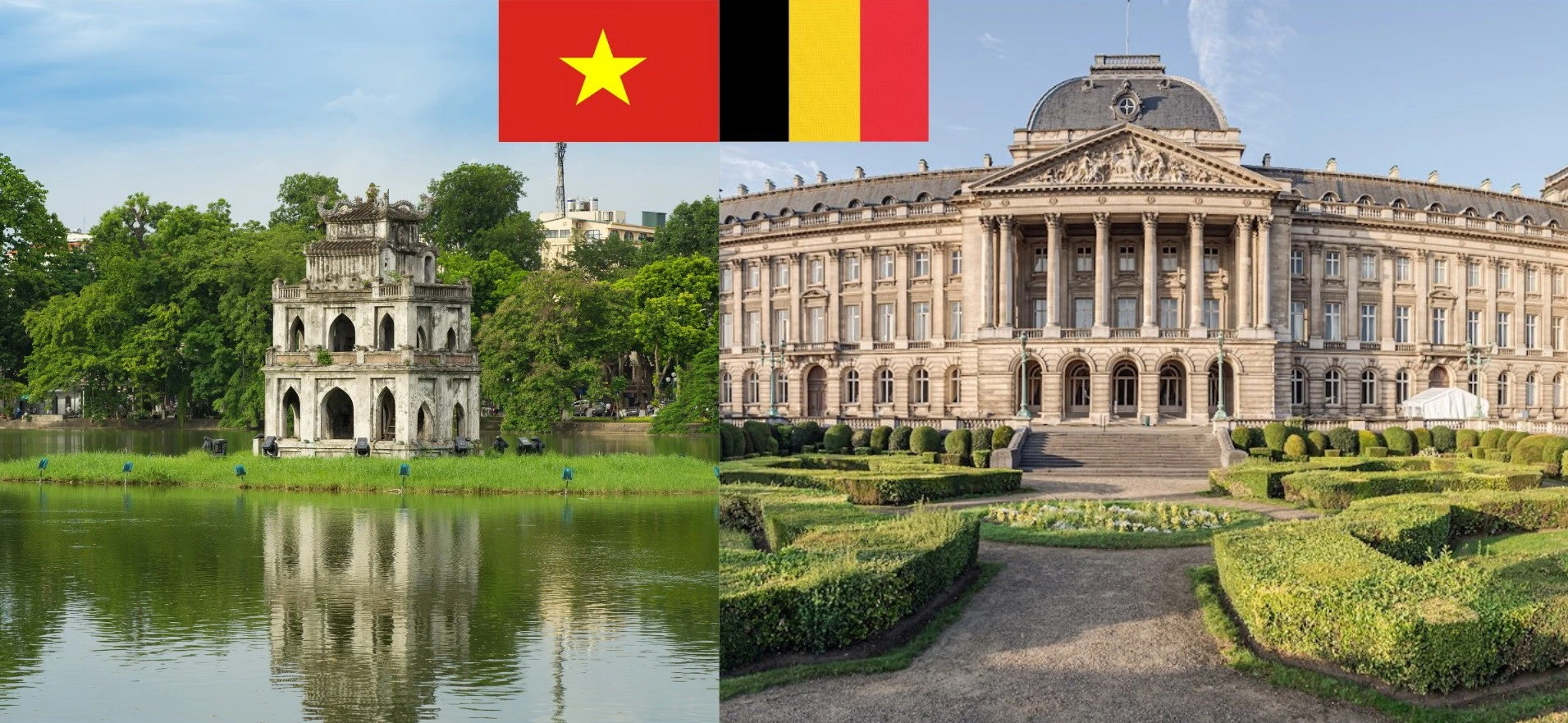


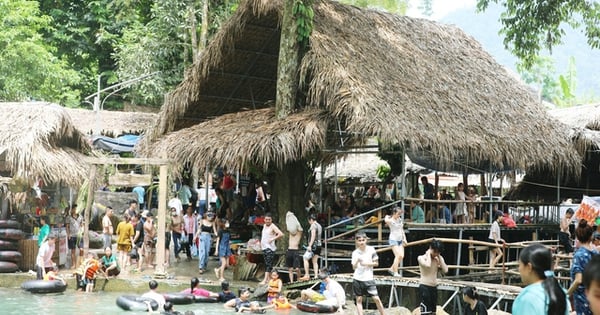

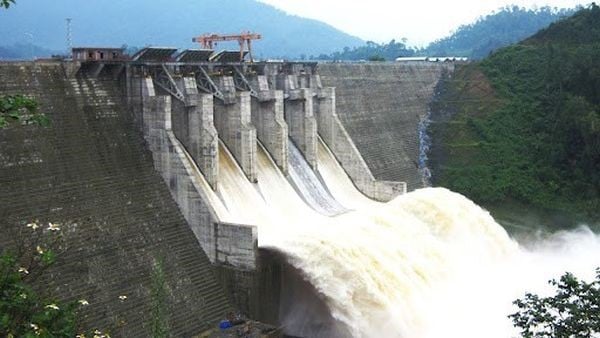





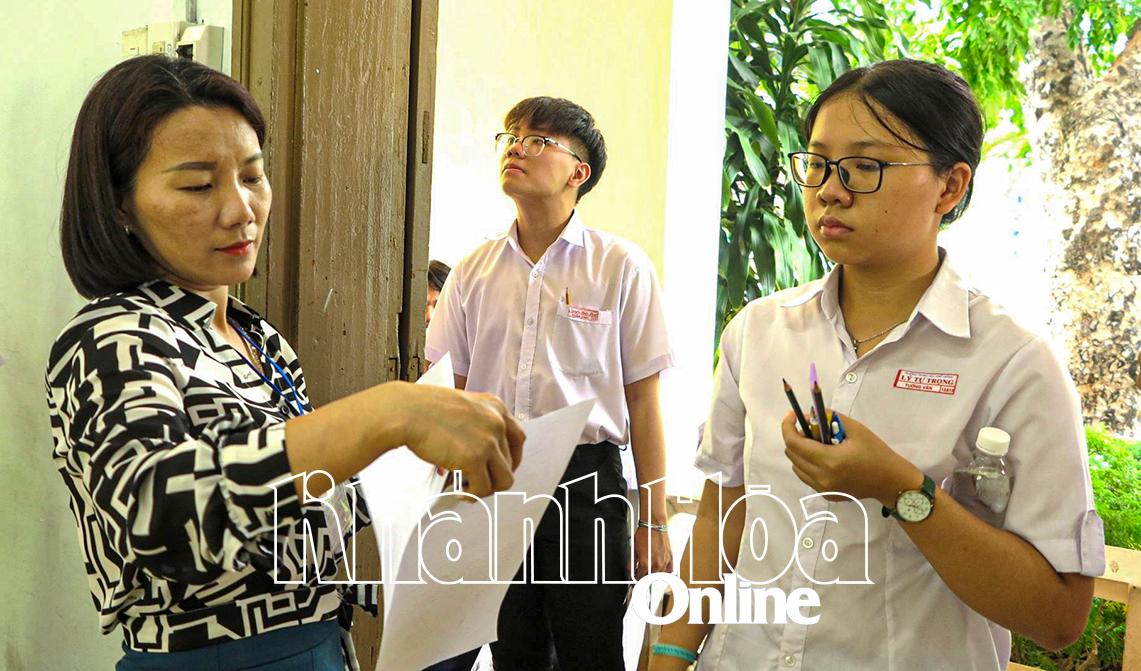


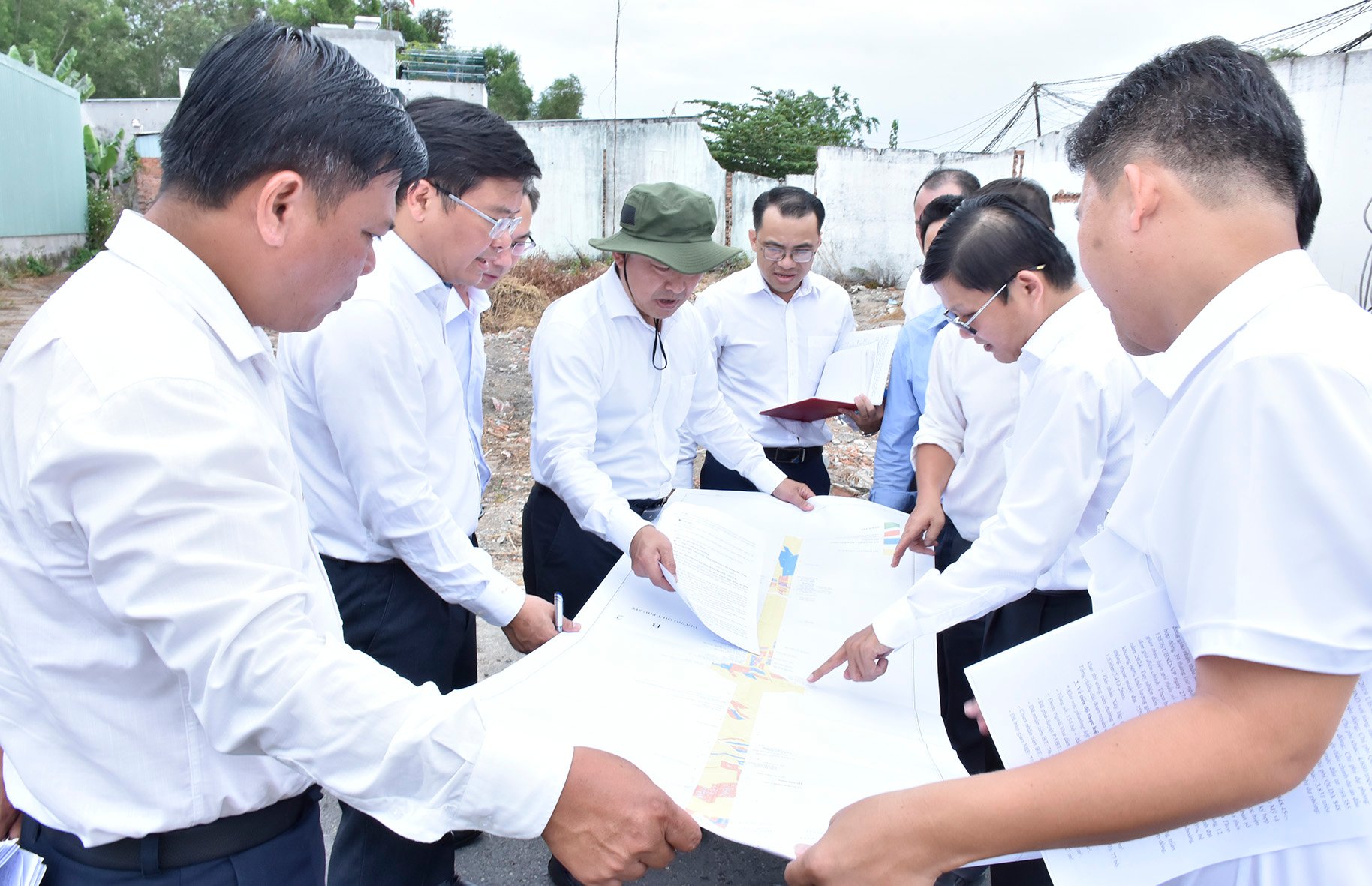

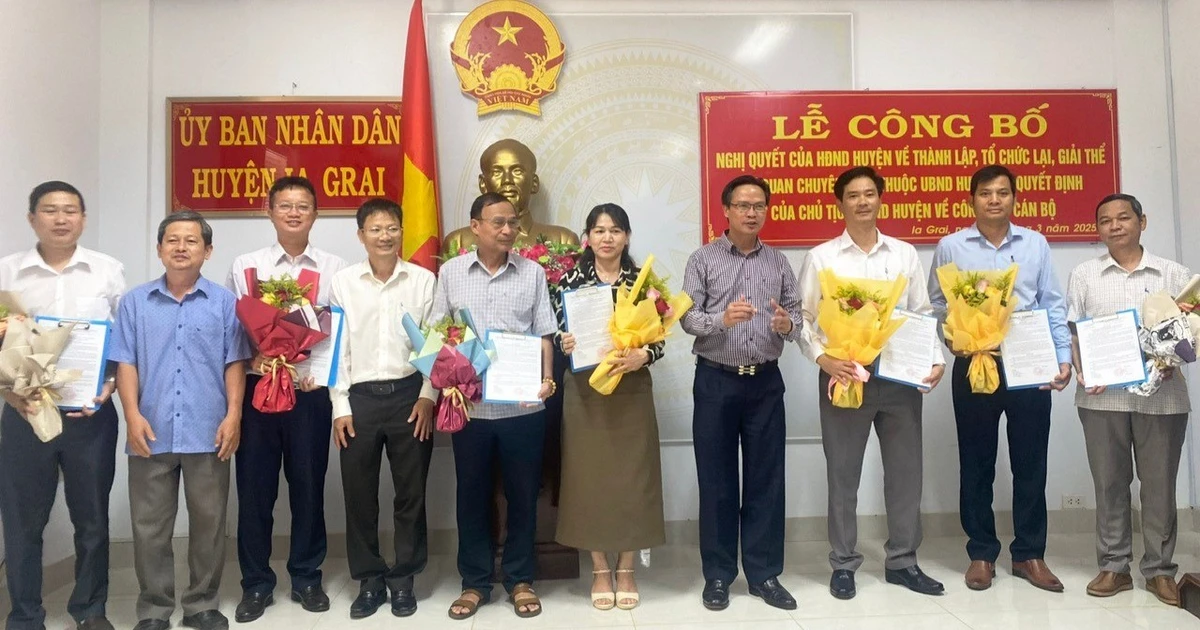















![[REVIEW OCOP] An Lanh Huong Vet Yen Cat](https://vstatic.vietnam.vn/vietnam/resource/IMAGE/2025/3/27/c25032328e9a47be9991d5be7c0cad8c)

Comment (0)